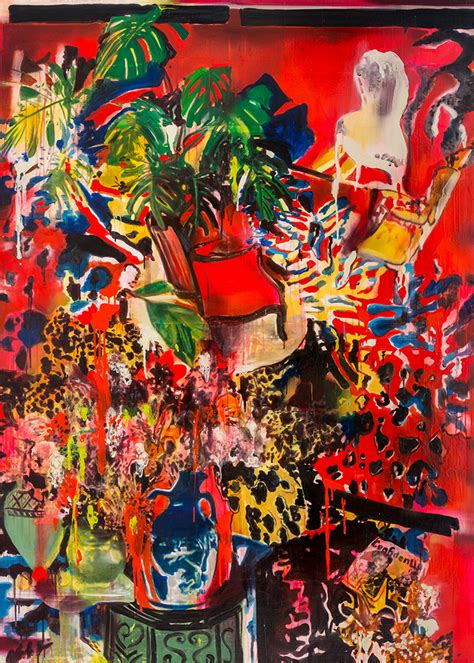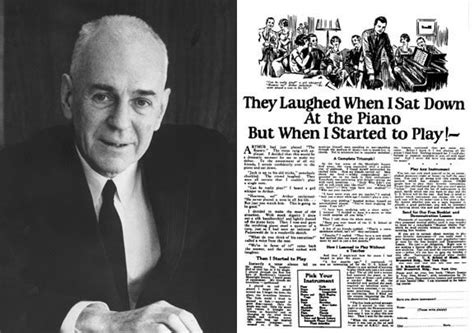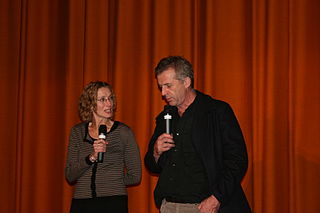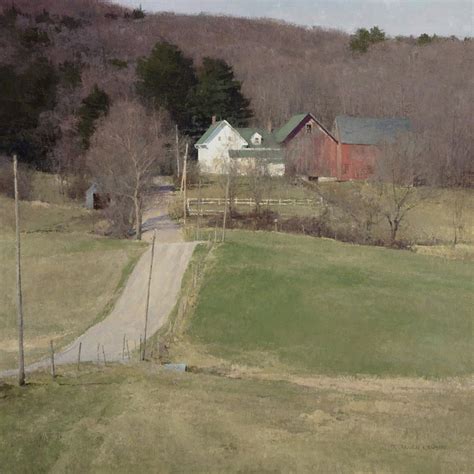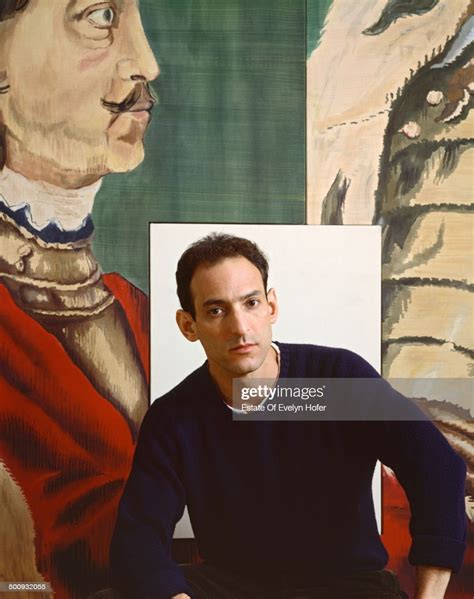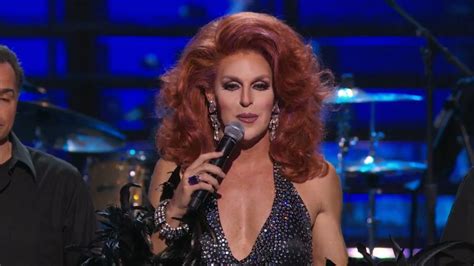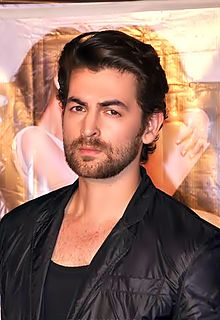A Quote by Cornelia Parker
My work has threads of ideas from all over the place. I try to crystallise them in something simple and direct that the viewer can then take where they want.
Related Quotes
The acts of the mind, wherein it exerts its power over simple ideas, are chiefly these three: 1. Combining several simple ideas into one compound one, and thus all complex ideas are made. 2. The second is bringing two ideas, whether simple or complex, together, and setting them by one another so as to take a view of them at once, without uniting them into one, by which it gets all its ideas of relations. 3. The third is separating them from all other ideas that accompany them in their real existence: this is called abstraction, and thus all its general ideas are made.
I want to create objects that will stimulate the viewer in ways that I am stimulated by these objects. Now that's an ideal situation and the artist has no control over what his audience is going to think, but they can try to communicate some quality, some poetry through the work and just hope that the viewer has something in the vicinity of a similar experience.
To impress your offer on the mind of the reader or listener, it is necessary to put it into brief, simple language...No farfetched or obscure statement will stop them. You have got to hit them where they live in the heart or in the head. You have got to catch their eyes or ears with something simple, something direct, something they want.
Hollywood films are alienating to the spectator because they use too much dialogue, too much explication and leave no space for the viewer. They depress me. I use direct sound, mono not stereo. Just direct sound, so for every shot there are only two sources. Sound creates an intimate effect: the sensation to feel the place. It makes the viewer enter. You have the liberty to hear what you want.
No one's quite figured out how to make the images come to the viewer. I guess if they put it on a conveyor belt, you could stand in one place like at sushi restaurants. That could be a next generation of museums. Someone should try that. I think ideally you want to have a contemplative space for the viewer. And shuffling around like a chain gang does work against that.
I have discovered there are only a handful of good ideas in the whole world. You already know them. You have heard them your entire life. Here are some of the main keys to being more successful: Take personal responsibility. Things change, so be flexible. Work smart and work hard. Serve others well. Be nice to others. Be optimistic. Have goals; want something big for yourself. Stay focused. Keep learning. Become excellent at what you do. Trust your gut. When in doubt, take action. Earn all you can. Save all you can. Give all you can. Enjoy all you've got. Above all keep it simple.
I also knew that if people have a position on something and you try to argue them into changing it, you’re going to strengthen that position. If you want to change people’s ideas, you shouldn’t try to convince them intellectually. What you need to do is get them into a situation where they’ll have to act on ideas not argue about them.
A lot of the pieces I've done over the years have involved alterations of scale and the idea of the viewer's relationship to the object and how we see things by either enlarging or reducing objects, it causes the viewer to look at them again. It's hard to do because our culture is so bombarded by images and media. How do you make something fresh for a viewer? That's a real challenge.
I didn’t want a completely passive viewer. Art means too much to me. To be able to articulate something visually is really an important thing. I wanted to make work where the viewer wouldn’t walk away; he would giggle nervously, get pulled into history, into fiction, into something totally demeaning and possibly very beautiful


